This month we highlight the research of Fellows from the class of 2022–23 whose projects consider the sometimes tenuous relationship between what we perceive and what we believe—about ourselves and the world around us.

Irving Goh
National University of Singapore
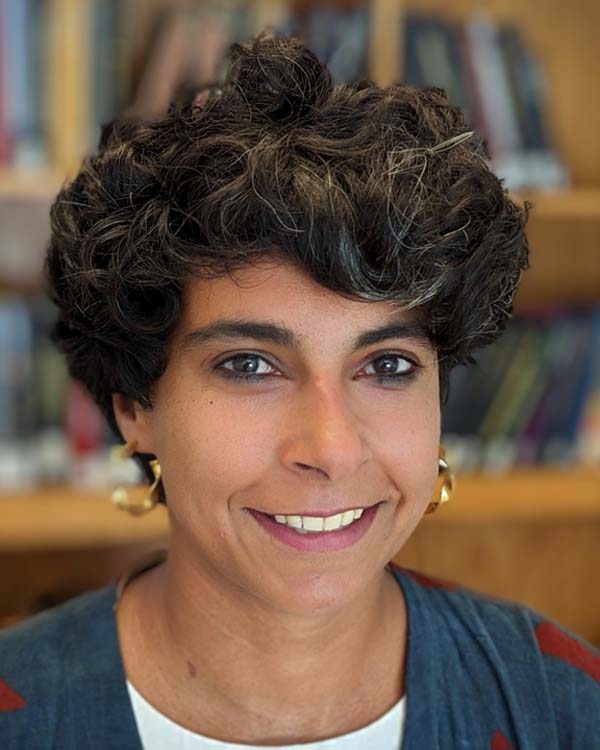
Umrao Sethi
Brandeis University
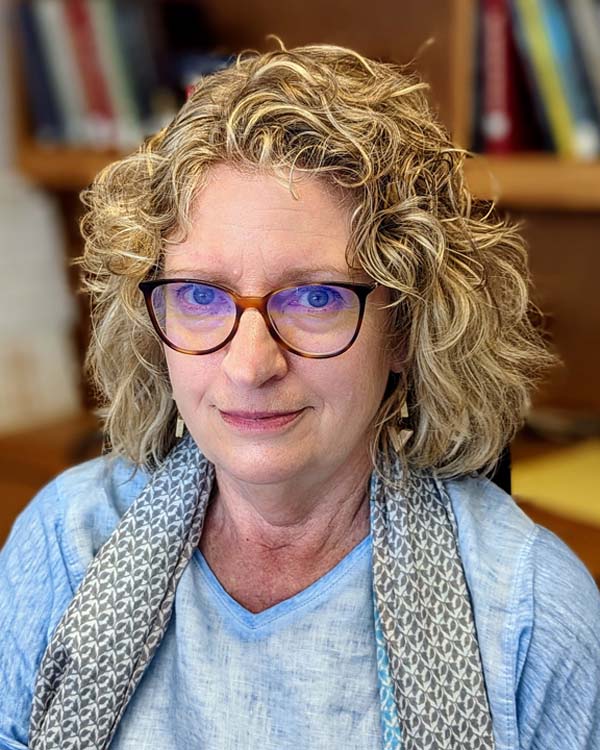
Nancy Tomes
Stony Brook University
Irving Goh
Living on after Failure
Irving Goh is associate professor of literature at the National University of Singapore. He is the author of The Reject: Community, Politics, and Religion after the Subject (Fordham University Press), which was awarded the MLA 23rd Aldo and Jeanne Scaglione Prize for French and Francophone Studies, and L’existence Prépositionnelle (Galilée). With the French philosopher Jean-Luc Nancy, he also published The Deconstruction of Sex (Duke University Press). He is also editor of Jean-Luc Nancy among the Philosophers (forthcoming, Fordham University Press) and French Thought and Literary Theory in the UK (Routledge), and coeditor with Verena Andermatt Conley of Nancy Now (Polity).
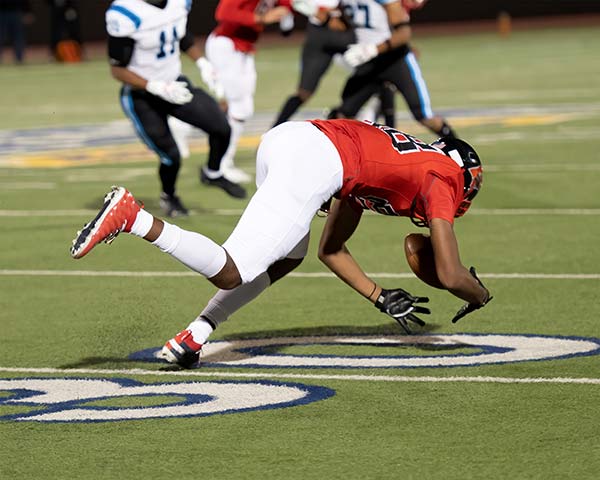
What was the initial spark that led you to this project? What are the big questions that you are considering?
My current work on thinking failure as failure stems from the common tendency to think failure in opposition to success. This binary way of considering failure betrays our anxiety to overcome failure as best as possible and to move toward success as quickly as possible. This, however, is how we abandon any veritable or rigorous thinking of failure. This is why a thinking that tarries with, or even wallows in, failure is necessary. I insist on staying with the negativity and/or negative affects of failure, going as far as to refuse any positive, optimistic, or communitarian horizon. This is to be attuned to how failure can be inextricably entangled with existence, and I seek to elucidate this troubled and complex condition of living on after failure and not let it fall into a lacuna of contemporary existence.
In the course of your research, have you run across anything that genuinely surprised you? What can you tell us about it?
First, from reading narratives on the inextinguishable sense of personal failure, I see that I am not alone in thinking that medication and psychotherapy barely help in relieving the negative affects of failure. Perhaps the sense of failure is not only experiential or existential but also irreparably ontological (for some). Secondly, I am relieved to see that Samuel Beckett does not have the last word on failure with his phrase, “Fail again. Fail better!” From the millennial-speak “epic fail” at the beginning of our present century to the prose of contemporary writers, there are indeed other articulations of failure that can critically expose other dimensions of failure left unacknowledged in the previous century or centuries, such as gender inequality, systemic racism, and structural failures in workplaces and cultures.
What new avenues of inquiry do you hope this research will prompt or make possible in your field?
I follow Lauren Berlant’s work in highlighting genres in the sense of nascent discursive and nondiscursive forms or gestures that seek to respond to, or cope with, surrounding phenomena. I examine genres such as fumbling, flopping, drifting, breaking down, breaking apart, etc. These might be very common, banal, or apparently senseless, even “inconvenient” (Berlant again) comportments, but they can nevertheless be indicative of untold or untellable stories of personal failures as well as the larger systemic failures that produce the former. They thus teach us to recognize and respect other forms of living that refuse the ideologies of success and their motifs of grit and resilience. There are evidently more such genres out there, and we have to acknowledge them without saying “don’t say that” or “don’t do that.”
Umrao Sethi
Sensibilia: An Account of Sensory Perception and its Objects
Umrao Sethi is assistant professor of philosophy at Brandeis University. Her interests lie at the intersection of the philosophy of perception, metaphysics, and early modern philosophy and her work has appeared in leading philosophy journals including Philosophy and Phenomenological Research, The Australasian Journal of Philosophy, and The Philosophical Quarterly. Sethi is currently working on a book-length project in which she argues that accommodating the full range of sensory phenomena requires us to reimagine age-old metaphysical commitments that trace all the way back to Aristotle. By developing a metaphysics that is informed by both the history of philosophy and contemporary philosophy of mind, she provides a novel account of the nature of perception, sensory delusion and the sensible world.
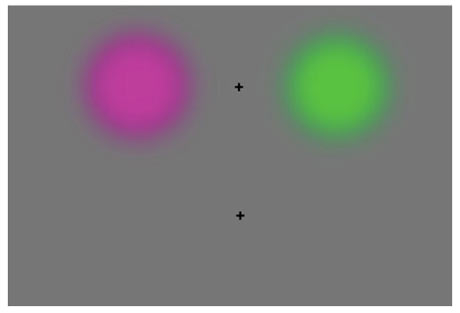
What was the initial spark that led you to this project? What are the big questions that you are considering?
My interest in this project traces all the way back to an undergraduate class in philosophy. We were discussing Descartes’s argument for “external world skepticism”—the view that we cannot know anything about the external world. Despite being unable to find any flaws in Descartes’s reasoning, I found it impossible to accept his conclusion. The argument claimed that I could not truly know if the world contained any trees, birds, stones, or houses, and yet there they were, right before my eyes. This conflict between my powers of deliberation and the deliverances of my senses led to a sustained interest in perception and the authoritative role it plays in acquainting us with the world that we live in.
In the course of your research, have you run across anything that genuinely surprised you? What can you tell us about it?
I’m interested in visual experiences involving “after-images” in which we see a patch of color but there is no object we can point to that has that color. A few years ago, I discovered that theologians in the 13th century were puzzling over something very similar. According to Christian doctrine, in the Eucharist, the bread and wine are “transformed” into the body and blood of Christ, and yet the whiteness of the bread and the astringency of the wine remain. To make sense of how there could be whiteness there without any substance that was white (my question exactly!), they reconfigured metaphysical assumptions that everyone had taken for granted since antiquity. I would never have expected to be poring over theologically inspired metaphysics, but it has been a real intellectual pleasure to see the connections across centuries.
What new avenues of inquiry do you hope this research will prompt or make possible in your field?
I hope to contribute to a more accurate understanding of sensory perception and the sensible world. I also hope to demonstrate that there are questions about sensibilia that are uniquely philosophical in nature. While neuroscience can tell us about the neural underpinnings of conscious experience and physics can tell us about the physical makeup of colors, it falls to the philosopher to evaluate certain, more fundamental questions. Here’s an example of a distinctively philosophical question: even if an object needs to reflect light of a certain wavelength to be red, is that all that redness amounts to? Given that when we perceive a red object, it doesn’t seem like we’re perceiving light waves, must we conclude that our experience gets the world systematically wrong, or is there something more to being colored than a scientist can study?
Nancy Tomes
A History of the Modern Infodemic
Nancy Tomes is SUNY Distinguished Professor in the Department of History at Stony Brook University. Along with many articles and several edited collections, Tomes has authored four books: A Generous Confidence: Thomas Story Kirkbride and the Art of Asylum Keeping (Cambridge University, 1984; reissued University of Pennsylvania, 1994 and 2015); Madness in America: Cultural and Medical Perceptions of Mental Illness Before 1914, with Lynn Gamwell (Cornell, 1995); The Gospel of Germs: Men, Women and the Microbe in American Life (Harvard, 1998), winner of both the American Association for the History of Medicine’s Welch Medal and the History of Science Society’s Davis Prize; and Remaking the American Patient: How Madison Avenue and Modern Medicine Turned Patients into Consumers (UNC Press, 2016), winner of the 2017 Bancroft Prize. In 2011, the American Public Health Association gave her the Arthur Viseltear Award for her “distinguished body of scholarship in the history of public health.”
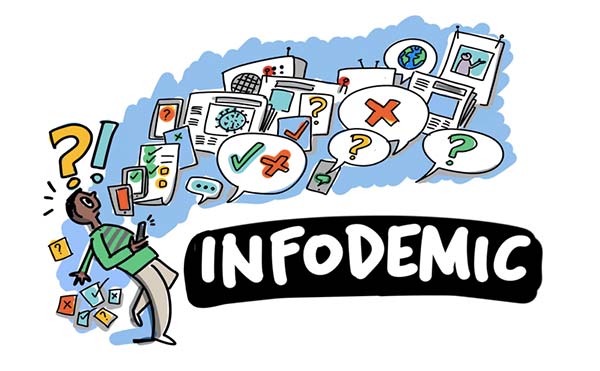
What was the initial spark that led you to this project? What are the big questions that you are considering?
Mine is a pandemic project. As a historian of public health health stuck at home for over a year, I had a lot of free time on my hands to ponder why the COVID-19 response was going so badly. The idea that an “infodemic”—too much information, misinformation, and disinformation—was a major obstacle to effective COVID responses caught my attention. I’m fascinated by the way growing access to information has changed the relationship between experts and non-experts over the past century. COVID got me thinking: how has the internet changed the challenge of communicating during a global pandemic? I knew information-related problems had existed in previous pandemics: so here was a great opportunity to think about how much had changed and how much had stayed the same.
In the course of your research, have you run across anything that genuinely surprised you? What can you tell us about it?
I’m surprised to find out how long problems related to “too much information” have been studied in the public health field, and how so many “lessons learned” from diseases such as influenza, AIDS, and SARS failed to get heeded. It’s also made me more aware of the unique pressures placed on experts who have to act during an acute public crisis despite incomplete, imperfect information; they must make decisions knowing full well that false steps can cost lives. This is especially true with a new infectious disease. Experts from different fields struggle to reach agreements with each other; under an intense media spotlight, their hesitations or missteps can have profound, unanticipated consequences. These problems predate the internet, but our “wired world” has undoubtedly intensified them.
What new avenues of inquiry do you hope this research will prompt or make possible in your field?
Despite what I just wrote about the challenges involved in learning lessons, I still believe we need to reflect on what went wrong with COVID and try to do better with the next crisis, which is coming at us fast or already here (e.g., monkeypox and climate change). I want to continue working with people from the World Health Organization who are committed to the goal of improving risk communication. I also want to connect with the many young scholars bringing new interdisciplinary perspectives to bear on our information-related dilemmas. Last but not least, I want to experiment with other ways of sharing my work, for example, graphic non-fiction.
